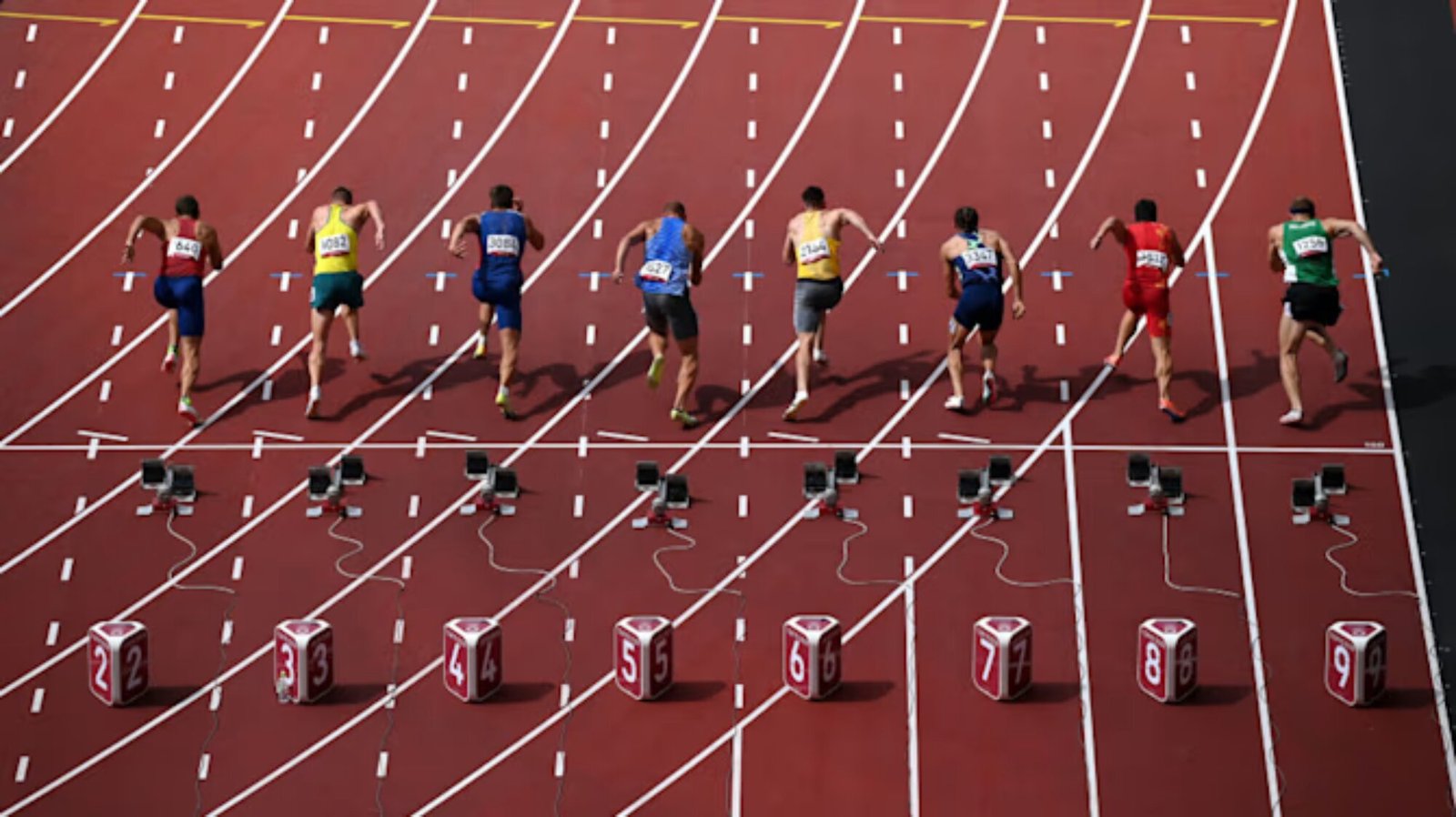
As athletes prepare for the 2024 Olympics in track and field, understanding the key rules and regulations governing the sport is crucial for both competitors and spectators alike. Here are some essential rules to know for the upcoming Olympics:
### Events and Format:
Track and field in the Olympics comprises a variety of events categorized into sprints, middle-distance and long-distance races, hurdles, relays, jumps, throws, and combined events like the decathlon and heptathlon. Each event has specific rules regarding distances, equipment, and techniques.
### Starting Procedures:
In sprint events (100m, 200m, 400m), athletes must adhere to starting protocols, including settling into the starting blocks correctly. False starts are penalized; an athlete can be disqualified after one false start or, in some cases, after multiple false starts.
### Lane Violations:
Athletes in sprinting events must stay in their assigned lanes throughout the race. Stepping outside of the lane or impeding another athlete’s progress can result in disqualification or time penalties.
### Hurdles:
Hurdle races (110m hurdles, 400m hurdles) have specific rules regarding hurdle height, spacing, and technique. Knocking down hurdles can lead to time penalties or disqualification if it impedes another athlete.
### Field Events:
Events like long jump, high jump, pole vault, shot put, discus throw, javelin throw, and hammer throw have rules governing approach techniques, landing areas, equipment specifications, and foul lines. Fouls, such as stepping outside of the designated area or improper throwing techniques, can result in disqualification or invalid results.
### Relay Races:
Relay races (4x100m, 4x400m) require precise baton exchanges within designated exchange zones. Exchanging the baton outside of these zones can lead to disqualification. Teams must also adhere to rules regarding lane assignments and the order of runners.
### Drug Testing:
Anti-doping regulations are strictly enforced in track and field. Athletes are subject to random drug testing before, during, and after competitions to ensure fair play and uphold the integrity of the sport.
### Uniform and Equipment:
Athletes must comply with uniform regulations, including wearing bib numbers and sponsor logos as specified by the International Olympic Committee (IOC). Equipment such as shoes, javelins, and discuses must meet international standards and specifications.
Understanding these rules and regulations is essential for athletes aiming to compete in track and field events at the 2024 Olympics. Compliance ensures fair competition, upholds the spirit of sportsmanship, and contributes to the overall success and enjoyment of the Games for athletes, officials, and spectators alike.







